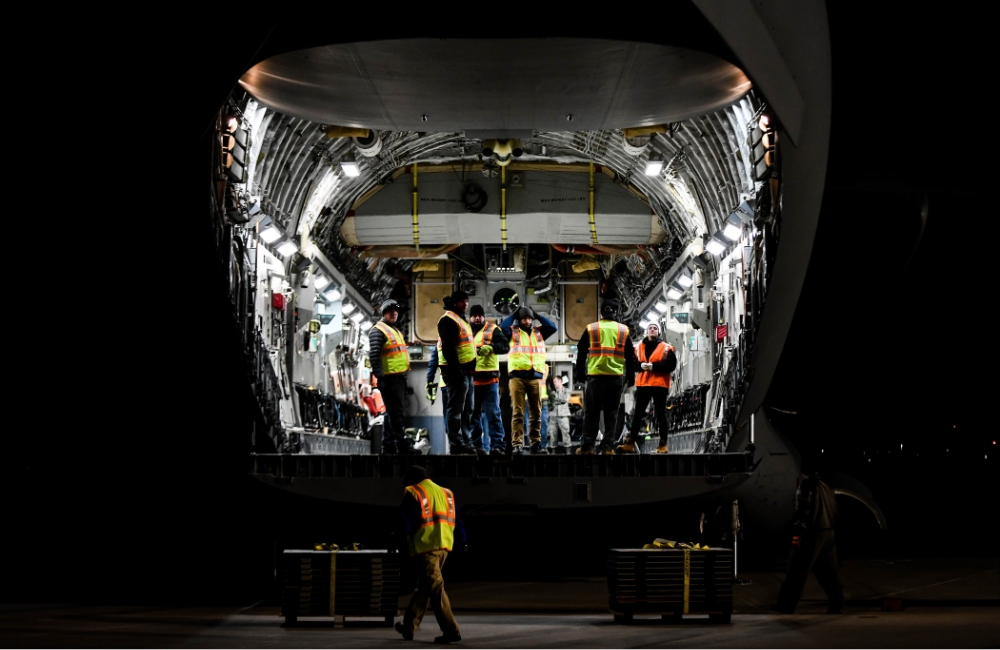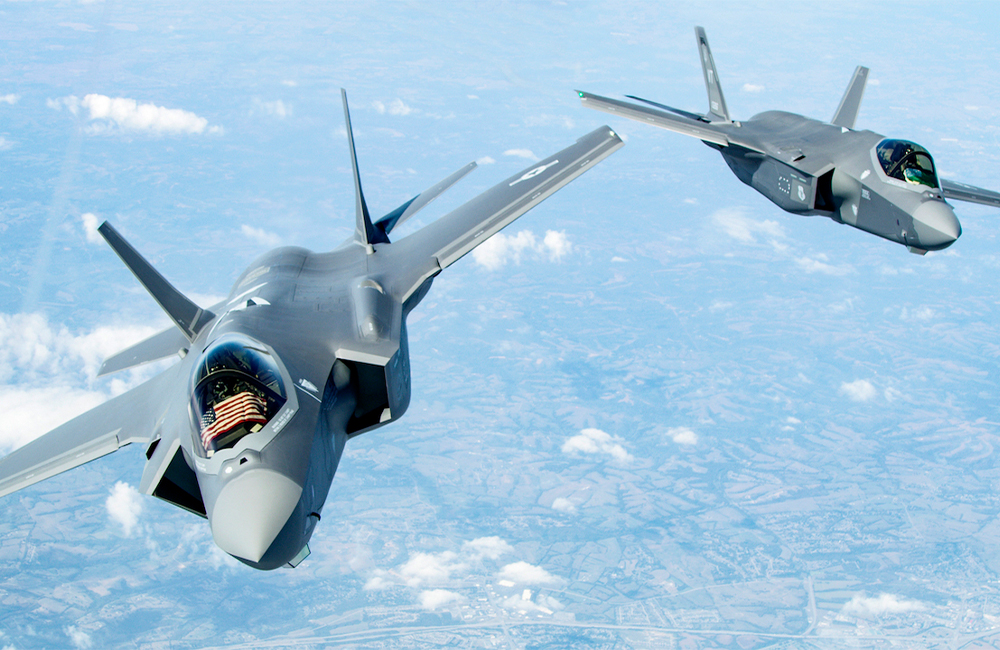Pentagon Prepares to Release Unclassified Space Strategy
DOD is drafting a publicly available space strategy that will lay out plans to protect on-orbit satellites.

The Defense Department is drafting a congressionally mandated unclassified space strategy outlining how to protect and defend satellites in orbit.
Citing concerns about growing adversarial threats, the House Armed Services Committee in the 2023 National Defense Authorization Act directed the DOD to draft a publicly available detailed space strategy that will lift some of the classifications around the efforts to protect and defend satellites and allow more investment in space.
“… We’ll be involved in ongoing conversations with Congressional staff members on this type of thing,” Assistant Secretary of Defense for Space Policy John F. Plumb said at the Schriever Spacepower Forum earlier this month. “And I think to the credit of the members who are driving this, really what folks are asking for is some ability to talk on unclassified levels to their constituents and to their colleagues about the need to invest in space and the issues with the threat.”
The strategy will detail threats posed by Russia and China and lay out a course of action to defend the Pentagon and Intelligence Community’s on-orbit satellites. It will also emphasize the value and importance of space as the country’s major economic driver.
“… Both China and Russia see the U.S. reliance on space. We know we rely on space. It’s in our DNA. It’s how we fight,” Plumb said. “And, of course, space is more than just a warfighter essential, it’s national economy essential, absolutely massive economic driver.”
As the Defense Department plans to ramp up its satellite and satellite-adjacent technologies acquisition, the House Armed Services Committee wants the U.S. Space Force and the U.S. Space Command to establish requirements for satellite resilience and protection before embarking on any significant satellite acquisition programs, specifically before an acquisition program achieves Milestone A approval.
Plumb believes commercial systems integration is crucial to space operations. The National Space Council’s Users Advisory Group (UAG) met last week to discuss how the Pentagon can take advantage of technologies in the commercial sector.
“There is no question that our prosperity and economic security are as vital an element of the nation’s security as is defense. And certainly, the national security space enterprise… needs to use commercial space capabilities directly in support of the nation’s security,” Gen. David D. Thompson, the U.S. Space Force vice chief of Space Operations, said during the UAG meeting.
The Space Force thinks about the commercial sector capabilities in two ways.
“First is the direct use of those commercial services to support our operations, our missions, and our activities, buying them as off-the-shelf services that we can use. But there is a second, another important way, and that is that the commercial sector is now serving as an engine of innovation and the technologies they are developing,” Thompson said.
The 2023 NDAA allocated $26.3 billion for the Space Force, which is about $1.7 billion more than the DOD requested and over $7 billion more than the service asked in 2022 — a big boost for the three-year-old smallest military service. A significant portion of the 2023 budget is going toward research and development efforts.
This is a carousel with manually rotating slides. Use Next and Previous buttons to navigate or jump to a slide with the slide dots
-

Strategies for Effective Data Modernization
Data is the lifeblood of critical decisions and streamlines operations across the government, but many agencies struggle with inconsistent standards.
33m watch -

CDC Updates Public Health Data Strategy
Accelerating data sharing through capabilities like electronic case reporting make up a large portion of the new two-year plan.
3m read -

Joint Navy-Air Force Simulator Expanding Digital Fighter Jet Training
A joint facility with the services wants to replicate its F-35 digital simulator technology across the Defense Department.
5m read -

Sea-Air-Space: Coast Guard Prioritizes Agility in the Face of Technological Change
Adm. Linda Fagan says the modern Coast Guard is to adjusting to the speed of technology.
10m watch




